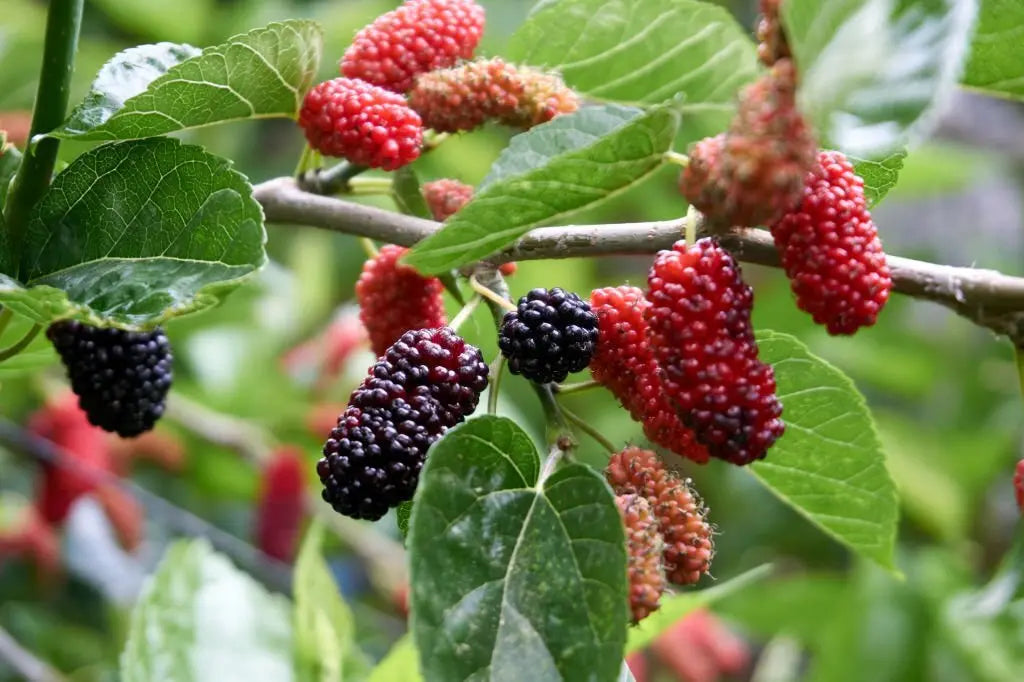Silk is one of the most luxurious and highly prized fabrics in the world. It has been highly valued for centuries for its softness, durability, and natural shine. There are several types of silk, but two of the most popular are mulberry silk and muga silk. In this article, we will compare mulberry silk and muga silk and examine which silk is better suited for various applications such as pillowcases and scarfs.
Mulberry Silk vs. Muga Silk: Production
Mulberry silk is made from the cocoons of the Bombyx mori silkworm, which feeds on the leaves of the mulberry tree. Mulberry silk is the most commonly produced silk and is widely used in the textile industry. It is produced in large quantities in countries like China, India, and Thailand.
Muga silk, on the other hand, is produced from the cocoons of the Antheraea assamensis silkworm, which is native to the Assam region of northeast India. Muga silk is a wild silk and is produced in smaller quantities than mulberry silk.
Mulberry Silk vs. Muga Silk: Physical Properties
Mulberry silk is known for its softness, durability, and luster. It is also hypoallergenic and resistant to dust mites and mold. Mulberry silk has a natural sheen that is created by the triangular prism-like structure of the silk fibers. This sheen gives mulberry silk its distinctive look and makes it a popular choice for high-end clothing and home textiles.
Muga silk, on the other hand, has a unique golden-yellow color and a natural sheen that is created by the flat surface of the silk fibers. It is known for its durability and strength, and is often used in traditional Assamese clothing. Muga silk is also hypoallergenic and has natural antimicrobial properties.
Mulberry Silk vs. Muga Silk: Applications
Both mulberry silk and muga silk have a wide range of applications, including clothing, home textiles, and accessories.
Mulberry silk is often used to make high-end clothing such as dresses, blouses, and ties. It is also commonly used in the production of bedding and pillowcases. Mulberry silk is highly prized for its softness and hypoallergenic properties, which make it ideal for people with sensitive skin.
Muga silk is commonly used in traditional Assamese clothing such as mekhela chadors and dhotis. It is also used to make accessories like scarves and shawls. Muga silk is highly valued for its strength and durability, which make it ideal for clothing that will be worn regularly.
Mulberry Silk vs. Muga Silk: Statistics
According to a study published in the Journal of Textile Science and Technology, mulberry silk has a tensile strength of 2.63 g/den, while muga silk has a tensile strength of 2.21 g/den. The same study found that mulberry silk has a breaking elongation of 23.14%, while muga silk has a breaking elongation of 15.93%.
Another study published in the Journal of Textile Science and Technology found that mulberry silk has a moisture regain of 11.93%, while muga silk has a moisture regain of 9.93%.
Mulberry Silk vs. Muga Silk: Relevance to UAE
The UAE is a country that values luxury and high-end textiles. As such, both mulberry silk and muga silk have a place in the UAE market. Mulberry silk is highly valued for its softness and hypoallergenic properties, which make it ideal for bedding and pillowcases. Muga silk, with its unique golden-yellow color and natural sheen, is highly prized for its beauty and durability, making it ideal for clothing and accessories such as scarfs and shawls.
According to a report by the Dubai Chamber of Commerce, the UAE's textile and apparel market is expected to reach \$13.2 billion by 2022. This presents a significant opportunity for both mulberry and muga silk producers to tap into this lucrative market.
Mulberry Silk vs. Muga Silk: Texture
In terms of texture and feel, both mulberry and muga silk are luxurious and soft, with a natural sheen that adds to their appeal. However, mulberry silk is known for its finer texture and smoother feel compared to muga silk, which can have a slightly coarser texture.
When it comes to uses, both types of silk have their own advantages. Mulberry silk is often preferred for delicate garments such as lingerie and high-end fashion items due to its finer texture and softness. It is also commonly used for bed linens such as pillowcases and sheets due to its hypoallergenic properties and ability to regulate temperature.
Muga silk, on the other hand, is more durable and has a natural resistance to wrinkles and creases. This makes it ideal for heavier garments such as jackets and sarees, as well as home furnishings such as upholstery and curtains. It is also known for its natural golden color, which adds to its visual appeal and makes it popular for traditional and ceremonial wear.
Mulberry Silk vs. Muga Silk: Summary
Both both mulberry and muga silk have their own unique qualities and advantages. When it comes to choosing between the two for specific uses such as pillowcases or scarves, it ultimately comes down to personal preference and specific requirements. For softness and hypoallergenic properties, mulberry silk may be preferred for pillowcases, while muga silk may be preferred for heavier garments or upholstery due to its durability and resistance to wrinkles.
Thank you for reading! If you enjoyed this post, be sure to check out our website at https://www.silksouq.com for more premium quality silk-based products like silk pillowcases, silk scarves, silk eye masks, silk dresses, and more! We offer fast and reliable shipping to customers in the UAE, KSA, and throughout the Middle East. Visit our collections page at https://www.silksouq.com/collections to explore our wide range of silk products and elevate your style today!





Leave a comment
All comments are moderated before being published.
This site is protected by hCaptcha and the hCaptcha Privacy Policy and Terms of Service apply.